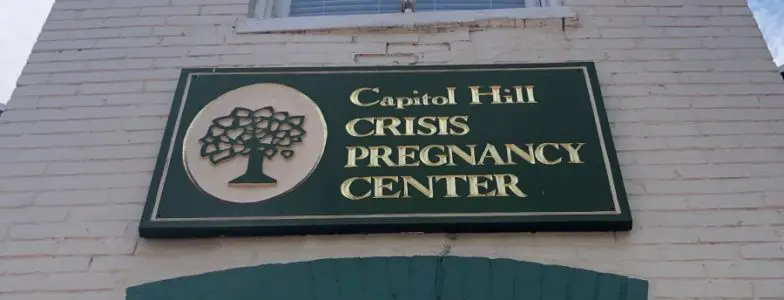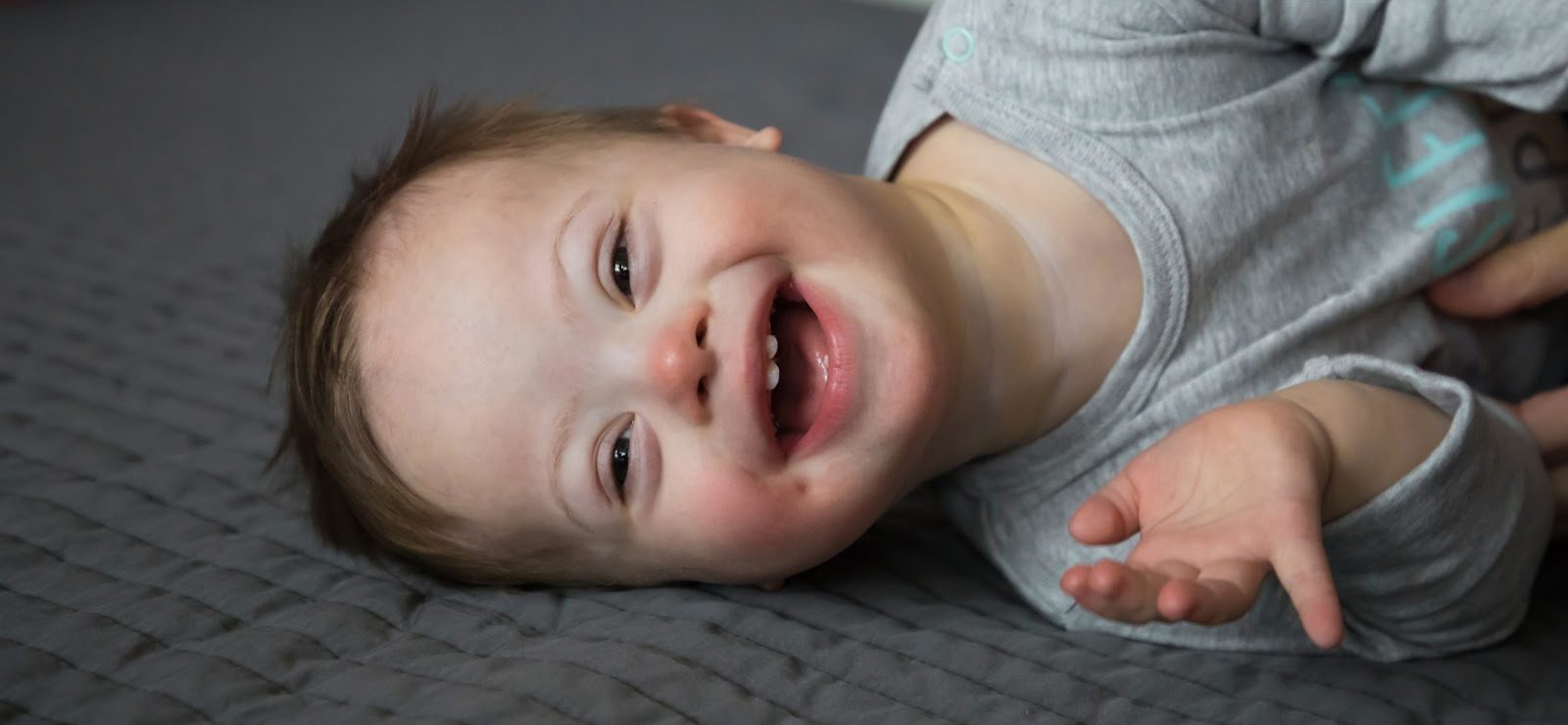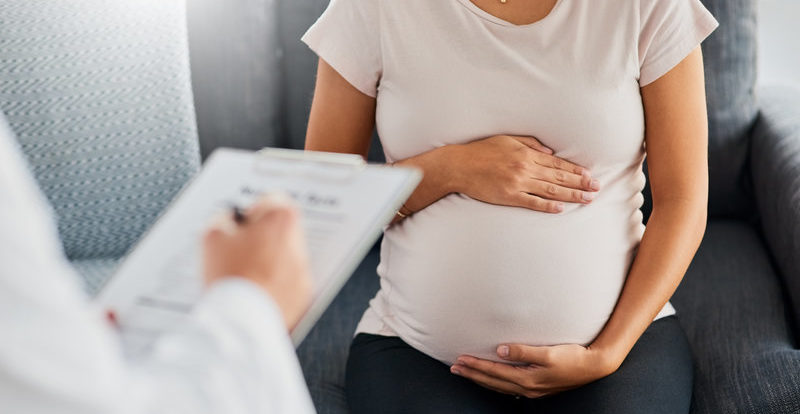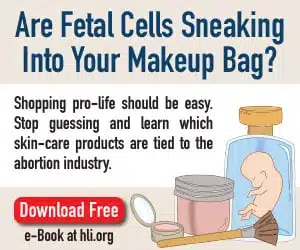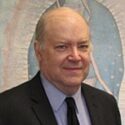The Crisis Pregnancy Center Movement
“Speak, yourself, on behalf of the dumb, on behalf of all the unwanted; speak, yourself, pronounce a just verdict, uphold the rights of the poor, of the needy.” ~Proverbs 31:8-9
The Origin of American Crisis Pregnancy Centers
The organized American pro-life movement has a very long and honorable history. It is more than 350 years old — a century older than the republic itself — and originated with several chains of crisis pregnancy centers (CPCs).
These CPCs’ operating methods and range of services were remarkably similar to those that exist today. Between the end of the Civil War and the turn of the 20th Century, leading pro-life organizations included the Women’s Christian Temperance Union (WCTU), the Society for the Suppression of Vice, the YMCA and YWCA, the Florence Crittenden Society and the Salvation Army.
Before 1900, the slogan “Adoption, not Abortion” was actually much more popular than it is today. In 1880, there were hundreds of CPCs scattered throughout major American cities, working hand-in-hand with “shepherding homes” for unwed mothers, some with room for more than 1,000 to live at one time.
Some of the largest chains of sheltering homes and CPCs included the Homes of Mercy, the Door of Hope, the Life and Hope Missions, the Rescue Missions, Beulah House, the Jewish Home for Girls, the Home for the Friendless, the Bethany Home, the Association for Befriending Children and Young Girls, the New Shelter for Young Women, the Magdalene Benevolence Society, the House of Mercy, the House of the Good Shepherd, and the Boynton Refuge Home.1
Modern-day CPC’s began to appear in the 1960’s:
- In 1967, Bob Pearson organized the first modern-day CPC in Hawaii in response to that state’s liberalized abortion laws.
- In 1968, Birthright established the first CPCs in Canada.
- Alternatives to Abortion (now Heartbeat International) was founded in 1971.
- In 1980, the Christian Action Council (now Care Net) founded its first center in Baltimore.
These umbrella organizations continued to establish more CPCs until they reached a combined total of about 2,200 in 2014. In 1993, pro-life attorneys formed the National Institute of Family and Life Advocates (NIFLA) in order to defend crisis pregnancy centers.
The Bulk of the Pro-Life Movement
In many ways, crisis pregnancy centers are the pro-life movement.
Crisis pregnancy centers embody the central pro-life mission of caring for both mothers and their children, born or unborn. Additionally, many pro-life workers and volunteers work for CPCs. The more visible street and legislative activist wing of our movement is like the part of an iceberg you can see above the water; the crisis pregnancy centers are the bulk of the iceberg below the surface, quietly doing their job behind the scenes, helping where it counts.
There are about 125,000 people who actually work for the pro-life movement, either full-time or part-time or on a consistent volunteer basis. About three-quarters of these people work for or volunteer at CPCs.2
In 1983, about 855,000 women were counseled in the nation’s crisis pregnancy centers. About 76% of the women who visited these CPCs decided to keep their babies, as compared to 71% of all of the pregnant women in the United States carrying their babies to term. In 2010, more than 1.2 million distinct new clients visited CPCs in the United States.3
By contrast, only 30% of women who visit Planned Parenthood abortion mills keep their babies. Many former workers at PP and other abortion mills have testified that it is their business to sell abortions. Former abortion clinic worker Debra Harry said, “The counselor at our clinic would cry with the girls at the drop of a hat. She would find their weakness and work on it. The women were never given any alternatives. They were told how much trouble it is to have a baby.”4 Former Planned Parenthood worker Catherine Anthony Adair said:
We never discussed fetal development. The baby was referred to as the “contents of the uterus” or a “clump of cells.” On the rare occasion a woman asked about the size of the baby, I would tell her it was about the size of the tip of my pencil, regardless of how many weeks into her pregnancy she was.5
This is “pro-woman counseling,” according to the abortionists.
If we look at the number of women who have visited CPCs over the past four decades, we can estimate that these lifesaving centers have saved an incredible 12 million babies from abortion since Roe v. Wade. This means that 1 out of every 25 people you see on the street, at work, in church or at a sporting event would not exist except for the faithful labors of the tens of thousands of CPC workers.6
Why the Attacks on Crisis Pregnancy Centers?
The abortion industry is designed to rake in cash as quickly and as efficiently as possible. As hundreds of former abortion mill workers have testified, it is a business that rushes women through “counseling,” the abortion procedure itself, and so-called “recovery” as fast as the law allows (and, of course, even faster if they can get away with it).
Abortion mill owner Valerie McCullough said:
No matter how you put it, we’re in the business of selling abortions…. Use a positive approach. It’s not, “Do you want a termination?” but “when?” Put the question to them as a sure sale. Limit their choices…. The first step is to get their money. Tell them they need to put down a $100 deposit. I don’t want to fool around if these girls aren’t serious.”7
And Nina Whitten, chief secretary at a Dallas abortion clinic under abortionist Curtis Boyd, said:
I was trained by a professional marketing director in how to sell abortions over the telephone. The object was, when the girl called, to hook the sale so that she wouldn’t get an abortion somewhere else, or adopt out her baby, or change her mind. We were doing it for the money.8
Those who kill for a living become very angry if someone begins to cut into their profits. Because CPCs save 1 out of every 6 preborn children (a number that is sure to rise as ultrasounds become more accessible), the pro-abortionists have concocted an entire range of bogus charges against CPCs. The most laughable has been repeated so many times that it has become “common knowledge” — that pro-lifers only care about babies until they are born. As “Hanoi Jane” Fonda once fumed:
The whole issue of choice has nothing to do with the fetus. Have you ever asked yourself why [pro-life people] have so much concern for the egg while it’s growing inside a woman, but so little concern for the child once it’s born? For anti-abortion activists, it seems life begins at conception and ends at birth.9
This, of course, is a complete inversion of reality. Try to imagine a pregnant young unmarried girl whose parents have kicked her out of their home. She calls an abortion clinic (any abortion clinic!) and asks if they can help her with housing, baby clothes and formula, and other needs. At worst, the abortion mill staff will laugh at her; at best, they will quickly refer her to local social service agencies. Now imagine the same pregnant girl calling her local crisis pregnancy center. She will usually find all the help she needs.
So the next time somebody follows the lead of “Hanoi Jane” and criticizes pro-lifers for not caring for women or their children after birth, ask them to perform this mind exercise — or better yet, make the calls themselves.
Final Thoughts
The motivation behind pro-abortion attacks on CPCs goes much deeper than a mere loss of business.
A sacrament in Catholic theology is a sign and channel of God’s grace, while abortion is to “pro-choicers” a sign of and a channel to “freedom” and self-determination, their highest goods. Abortion is so central to the Culture of Death that it has taken on the aspect of a sacrament in many ways, and its defenders consider any interference with it whatsoever to be a kind of “anti-woman” blasphemy which must be suppressed. In fact, Ginette Paris, Gene Mace, Carter Hayworth and many other pro-abortion leaders have actually referred to abortion as a “sacrament,” as “holy,” and even as “redemptive.”
Pro-abortionists have used every dirty stunt and lie in their thick book of tricks to shut down crisis pregnancy centers. They have accused CPCs of running black market baby operations, have accused them of kidnapping women, and have run “sting” operations against them long before Lila Rose’ Live Action cameras returned the favor by catching abortion mill counselors covering up rape and trafficking, among other crimes. Pro-abortionists have even attempted to label free ultrasounds done by CPCs “weapons of torture,” despite abortion mills charging women $150 to $250 to have them.
Even if abortion is made illegal all over the country, pro-abortionists will continue to push for prenatal baby-killing, and women will still find themselves in crisis pregnancies. Therefore, there will always be a need for CPCs, regardless of the legal situation.
If you are pro-life and have always wondered what you could do to really help women, just pull up your online search engine and look up “pro-life volunteering” to get started!
Endnotes
[1] For a detailed early history of crisis pregnancy centers in the United States, see Marvin Olasky. “Victorian Secret: Pro-Life Victories in 19th-Century America.” Policy Review, Spring 1992, pages 30 to 37.
[2] In 2010, there were 1,969 crisis pregnancy centers in the USA affiliated with Care Net, Heartbeat International, and NIFLA. At this time, about 71,000 volunteers were working at these CPCs [Family Research Council. “A Passion to Serve: How Pregnancy Resource Centers Empower Women, Help Families, and Strengthen Communities.” 2010, page 1]. This total would be about 75,000 if paid full-time and part-time workers are included. If we assume that a total of 2,500 CPCs are in operation in the United States, and that they have as many paid workers and volunteers as the Care Net, Heartbeat International, and NIFLA CPCs, the total workers at all CPCs in the United States would be about (2,500/1,969) X 75,000 = 95,000.
[3] Family Research Council. “A Passion to Serve: How Pregnancy Resource Centers Empower Women, Help Families, and Strengthen Communities.” 2010, page 1.
[4] Former abortion worker Debra Harry, quoted in the film “Meet the Abortion Providers.” Pro-Life Action League, Chicago, Illinois, 1989.
[5] Sarah Terzo. “78% of Pregnant Women Seeing an Ultrasound Reject Abortions.” LifeNews.com, February 7, 2013.
[6] For references and calculations, e-mail Brian Clowes at bclowes@hli.org and ask for Excel spreadsheet CPC.XLS.
[7] Abortion mill owner Valerie McCullough, quoted in “The Abortion Profiteers.” Chicago Sun-Times, November 19, 1978.
[8] Nina Whitten, chief secretary at a Dallas abortion clinic under abortionist Curtis Boyd, quoted in David Kuperlain and Mark Masters. “Pro‑Choice 1990: Skeletons in the Closet.” New Dimensions Magazine, October 1990.
[9] Jane Fonda’s keynote speech during the annual Utahns for Choice dinner at the downtown DoubleTree Hotel in Salt Lake City, Utah, on June 27, 2000.
Did you find this useful?
Dr. Brian Clowes has been HLI’s director of research since 1995 and is one of the most accomplished and respected intellectuals in the international pro-life movement. Best known as author of the most exhaustive pro-life informational resource volume The Facts of Life, and for his Pro-Life Basic Training Course, Brian is the author of nine books and over 500 scholarly and popular articles, and has traveled to 70 countries on six continents as a pro-life speaker, educator and trainer.



